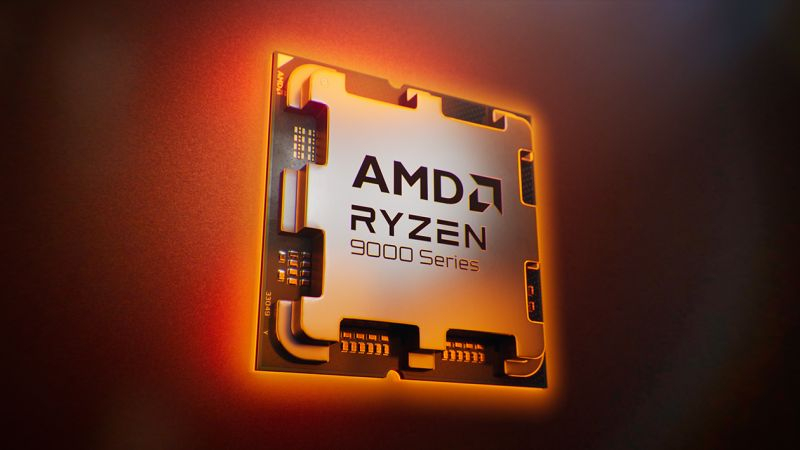PCWorld representatives were able to obtain statistics from Mercury Research, which analysts share with AMD employees for marketing purposes. According to recent figures, in the third quarter of this year, AMD’s share of the desktop processor market increased by one and a half times compared to the third quarter of last year, from 19.2 to 28.7%. The increase is measured by ten percentage points, which is quite impressive given Intel’s long-term dominance.

Image Source: AMD
By the way, the consistent quarterly increase in the share of AMD processors in the desktop segment is also measured by a solid 5.7 percentage points: from 23 to 28.7%. At the same time, the study also estimates AMD’s market share in terms of sales revenue. In the desktop segment, it grew over the year from 19.6 to 27.3%, sequential growth measured from a base of 18.8%. In other words, in monetary terms, AMD’s position in the desktop processor market strengthened by 7.7 percentage points year over year and by 8.5 percentage points sequentially. It is obvious that in the third quarter of this year, AMD greatly strengthened its position in the desktop segment.
The mobile segment, which has long been the larger segment in terms of processor sales, does not show such obvious progress from AMD. Over the year, the company in physical terms strengthened its position from 19.5 to 22.3%, but the sequential increase was measured by 2 percentage points. In monetary terms, AMD’s position in the mobile segment weakened from 20.6 to 19.2% year-on-year, but sequentially still strengthened by 1.6 percentage points.

Image source: Mercury Research
Mercury Research statistics also take into account the total share of AMD processors in the client segment. In physical terms, it grew over the year from 19.4 to 23.9%, consistently increasing by 2.9 percentage points. In monetary terms, the annual increase corresponded to a transition from 20.2 to 21.7%; the sequential increase was measured at 3.7 percentage points. In fact, AMD’s progress in the desktop segment was smoothed out by a smoother increase in the mobile segment, which reflects the client segment as a whole.
The server segment can be classified as AMD’s second largest share. In physical terms, the company grew by 24.2%, adding 0.9 percentage points over the year; the sequential increase was limited to 0.1 percentage points. But in monetary terms, EPYC processors dominate much more: in the third quarter they occupied 33.9% of the global market for server central processors, adding 2.7 percentage points over the year. In other words, a third of the revenue from the sale of every server processor in the world goes to AMD. This is a new record for this processor manufacturer.
If we consider the market for processors of all types, with the exception of semi-custom ones and chips for the Internet of Things segment, then in physical terms AMD controls 24%, and in monetary terms 26.5%. A year ago, these values were 0.9 and 0.6 percentage points lower, respectively.